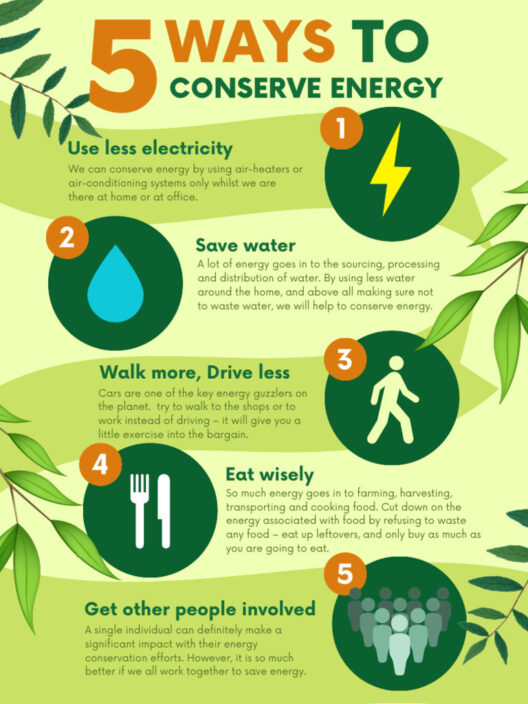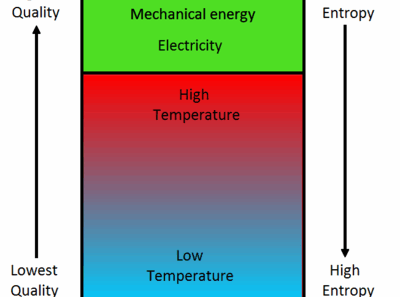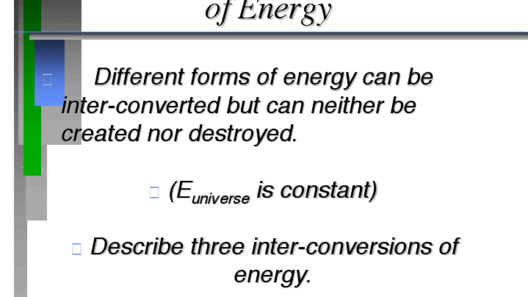Have you ever thought about how much electricity you consume in a day? The flick of a switch, the hum of a refrigerator, or the glow of your favorite electronic device all contribute to your energy bill. But what if there was a way to reduce this consumption not only to save money but also to help the environment? Let’s delve into innovative and practical ways to conserve electrical energy at home and, in turn, cut those ever-increasing bills.
First and foremost, it essential to conduct a thorough energy audit of your home. Consider embarking on a quest to uncover the hidden energy vampires lurking in your household. These are appliances and devices that consume power even when they are not in active use, often referred to as standby power. By taking inventory of these culprits, you can make informed decisions about what needs to be unplugged or turned off when not in use.
Once you identify these energy-draining devices, consider the implementation of smart power strips. Unlike traditional power strips, smart power strips are equipped with technology that automatically cut off power to idle devices. Connecting your computer, printer, and other peripherals to a smart strip can significantly decrease standby energy consumption.
Incorporating energy-efficient appliances into your home is another effective strategy. When purchasing new devices, look for the ENERGY STAR label. This certification guarantees that the appliance meets energy efficiency guidelines set by the U.S. Environmental Protection Agency. Whether it’s a refrigerator, washing machine, or air conditioner, energy-efficient appliances often utilize advanced technology to reduce electricity usage without sacrificing performance. Although the upfront cost may be higher, the long-term savings on electrical bills will pay off.
Now, let’s tackle the issue of lighting—an area often overlooked when considering energy conservation. Swapping out incandescent bulbs for compact fluorescent lamps (CFLs) or light-emitting diodes (LEDs) can usher in a significant reduction in energy consumption. Not only do these alternative bulbs use a mere fraction of the energy, but they also last considerably longer. Imagine not having to change light bulbs as frequently while simultaneously lowering your bills!
Additionally, embracing natural light can transform your living spaces while reducing reliance on electric lights. Strategically placing mirrors to reflect light, using sheer curtains, and keeping windows unobstructed can illuminate your home and create a warm ambiance without the need for artificial illumination during daylight hours.
Individuals often fall into the thermostat trap, believing that cranking the temperature extremes is the solution to comfort. In reality, minor adjustments can lead to substantial energy savings. In winter, set your thermostat to a cooler setting while wearing warmer clothing, and conversely, in summer, maximize ventilation by allowing breezes to flow through your home. Programmable thermostats are also a wise investment, allowing you to customize settings based on your schedule and ensure thermostatic adjustments during unoccupied hours.
Furthermore, the art of insulation cannot be understated in energy conservation efforts. Properly insulating your home minimizes the need for excessive heating and cooling. Check for gaps and leaks in doors, windows, and even the attic. Sealing these entry points with weatherstripping or caulk can keep conditioned air inside, leading to a substantial decrease in energy consumption.
On a related note, consider exploring the benefits of renewable energy sources. Installing solar panels on your roof is an increasingly viable option for homeowners looking to cut their dependence on electricity from fossil fuels. While the initial investment can be considerable, federal and state incentives may help mitigate the costs. Over time, the return on investment can yield significant savings on energy bills along with the virtue of contributing to environmental sustainability.
When it comes to heating water, it’s crucial to be aware that water heating can be a significant portion of monthly energy expenditure. Setting your water heater to 120°F instead of 140°F can result in a 10% reduction in energy consumption. Additionally, insulating the water heater and the first six feet of hot and cold water pipes can further enhance efficiency. Have you considered taking shorter showers or using cold water for laundry? These seemingly small adjustments can lead to cumulative savings over time.
Moreover, consider the culinary aspect of energy conservation. The cooking habits that you adopt can also make a difference in your energy bill. Utilizing a microwave instead of an oven, keeping pots covered while cooking, and using the right-sized burner can significantly reduce the amount of energy required to prepare meals. Ever thought about making it a family challenge to come up with meals that minimize energy use?
Lastly, educating all household members about energy conservation is integral. Share tips and encourage everyone to become mindful of their energy consumption. Instilling a sense of responsibility can lead to behavioral changes that collectively contribute to reduced energy usage.
By voluntarily accepting these challenges and actively engaging in energy-saving practices at home, you can make a significant impact not only on your monthly bills but on the wider endeavor to combat climate change. Empower yourself to take actionable steps. Small changes can ripple out to yield substantial benefits for both your pocketbook and the planet. The question is, are you ready to take the plunge into energy conservation?








